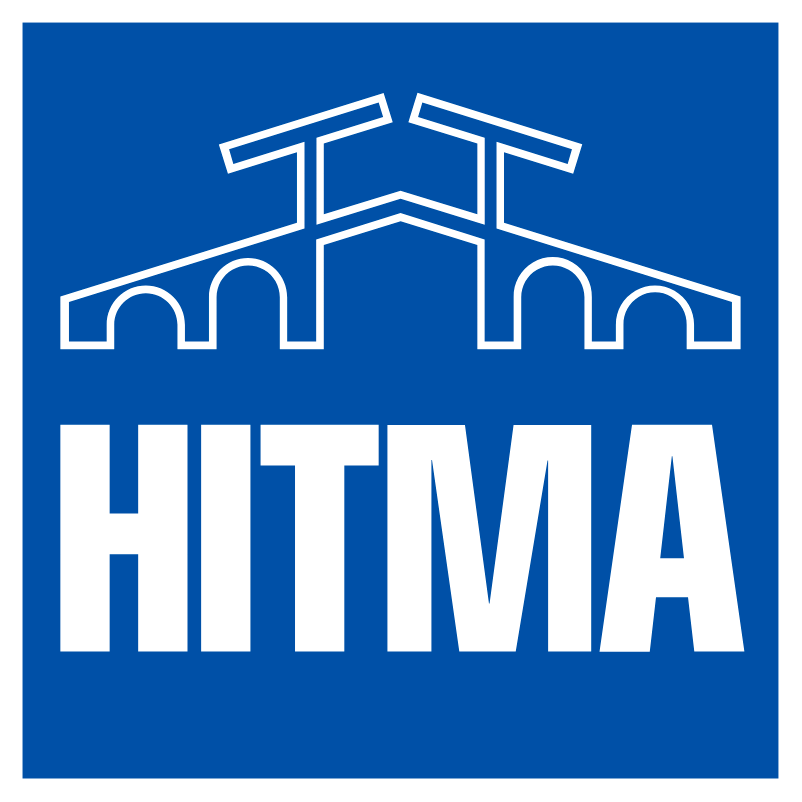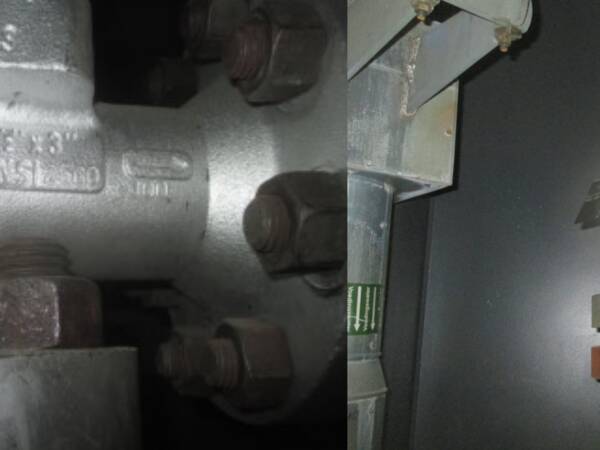

When it comes to spring safety devices, depending on the application and the country where the spring safety device will be used, you have to deal with many different guidelines and dimensions. Terms like API, DIN and ASME fly around your ears. Therefore, in this blog I will try to guide you through the different standards that exist and when to deal with which ones.
API
The American Petroleum Institute, abbreviated as API, is the largest American trade organization for the oil and gas industry. In addition to tasks such as advocacy, negotiation, and lobbying with/for the government, setting up and certifying industrial standards is an important part of their work. The API 526 standard focuses on Flanged Steel Pressure-relief valves, also known as safety valves. The standards outlined in this document cover:
- Capacity per opening
- Inlet and outlet nominal sizes (1 – 10 inches)
- Dimensions of 'center to face'
- Maximum set pressure
- Maximum back pressure
- Material for body, spring, and housing
- Pressure and temperature limits
- Adjusting ring
Companies that work with API as a standard are therefore not brand-dependent; all brands that operate according to API must deliver according to the same standards. This represents the largest market in the world in the field of safety valves. This means that if you currently have a safety valve installed from a different brand, we can still assist you, as long as we adhere to the API guidelines.
ASME
The American Society of Mechanical Engineers is an American professional association that has developed standards and codes to create safer pressure tanks. You mainly encounter ASME as a guideline in power plants. They have established the Boiler and Pressure Vessel Code to guide and control the design, manufacture, and inspection of boilers and pressure tanks. If a company receives a stamp from this code, it is re-evaluated every 1 to 3 years. In our industry, we deal with 3 different stamps:
- ASME I (V-stamp) -> power boilers (steam boilers in power plants)
- ASME VIII (UV-stamp) -> pressure vessels
- ASME III (NV-stamp) -> nuclear applications
Important Considerations
There can be differences between the orifice sizes and discharge coefficients proposed by API and the actual ASME values used. According to API-520, part 1, the API orifice sizes and discharge coefficients are assumed values and should only be used for the initial selection of the pressure relief valve. They are designed to facilitate valve selection in the early stages of a project and to ensure that the valve ultimately purchased will have a certified capacity that meets or exceeds the required overpressure capacity.
Therefore, there may be differences in capacity between the initial choice of the API orifice and the actual ASME orifice. For most projects, the actual ASME orifice may provide a much higher flow rate. Calculated orifice sizes usually fall between the standard letter-designated API sizes. When this happens, the next larger orifice is chosen, making the valve larger than desired but necessary due to API sizing.
Certification
Although not all of the above guidelines are standardized, specifically API is the only one, other standards are used for certification. This means that the safety valve is tested according to the standards of the relevant authority. In America, this might involve the National Board of Boiler and Pressure Vessel Inspectors, while in Europe you might deal with TÜV, Bureau Veritas, Vinçotte, or Lloyds.
In addition to the above guidelines, you may also encounter the following certifications:
- National Board (NB-stamp)
- PED 2014/68 EC (Pressure Equipment Directive for EU countries)
- TÜV BKZ (German inspection agency)
- DIN (Deutsches Institut für Normung)
We will discuss DIN (Deutsches Institut für Normung) in a separate blog.

